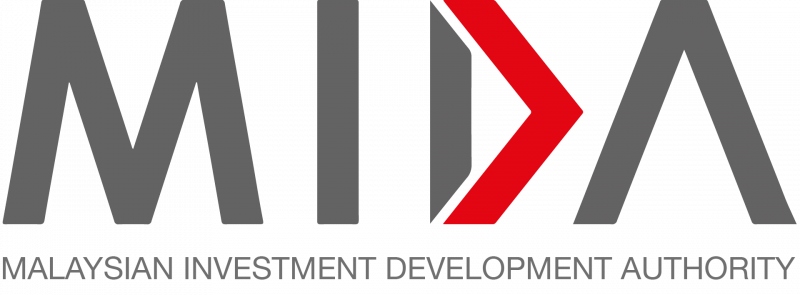Experts from integrated circuit (IC) design industry players Skyechip, Weeroc, and Chipsbank have emphasised the potential of Malaysia’s semiconductor sector to enhance Southeast Asia’s technology landscape at the Selangor Smart City and Digital Economy Convention (SDEC) 2024 today.
The first day of the three-day SDEC 2024 featured insightful sessions on Malaysia’s IC design industry and the growing convergence of artificial intelligence (AI) and semiconductors, according to event host Selangor Information Technology & Digital Economy Corporation (Sidec).
“Key discussions focused on the transformative role of semiconductors in industries such as healthcare, mobility, and manufacturing, while other sessions delved into the importance of talent development in cultivating Malaysia’s next generation of semiconductor engineers,” it said in a statement today.
Sidec said that as part of the Selangor International Business Summit (SIBS), this year’s 3-in-1 conference focuses on semiconductors, AI innovation, and small and medium enterprise (SME) digitalisation, exploring their role in driving Malaysia’s digital economy forward.
SDEC 2024, themed “Building a Smarter Malaysia: Unleashing AI & Semiconductor Convergence”, features more than 200 exhibitors and is expected t attract over 18,000 visitors.
Its official opening ceremony was officiated by Menteri Besar Selangor Datuk Seri Amirudin Shari, alongside Deputy Digital Minister Datuk Wilson Ugak Anak Kumbong and Selangor state executive councillor for investment, trade, and mobility Ng Sze Han.
During the event, strategic partnerships were formalised, including a memorandum of understanding (MoU) between Sidec and Cyberview Sdn Bhd.
“This MoU marks a key milestone for Malaysia’s semiconductor industry, focusing on a two-year collaboration to advance investment, ecosystem, and industry development for the IC Design Park Phase 2 in Cyberjaya.
“The dignitaries also witnessed a product preview and company launch by TEASK, a company with a vision for accessible, clean, and interconnected energy,” the statement said.
TEASK offers modular and movable power stations, with the first station installed in Cyberjaya, a collaboration through the Cyberview Living Lab Pilot initiative.
Additionally, NCT Group formalised a strategic partnership with Sidec to foster industrial development and promote community building at the NCT Smart Industrial Park, further supporting business growth and global expansion opportunities.
Sidec said these collaborations are part of Malaysia’s broader efforts to establish itself as a regional leader in semiconductor innovation, digital transformation, and smart city development.
Following the successful launch of day one, SDEC 2024 will continue to explore generative AI innovation on the second day, focusing on global AI talent development, AI in robotics, and the transformative impact of generative AI across various industries.
Day 3 will feature the TikTok SME Digitalisation Conference, which will offer insights and strategies for SMEs to leverage digital platforms and innovative e-commerce solutions to drive growth and success.
Source: Bernama
Malaysia’s Semicon Sector Can Enhance Southeast Asia’s Tech Landscape — IC Design Experts
Content Type:
Duration:


